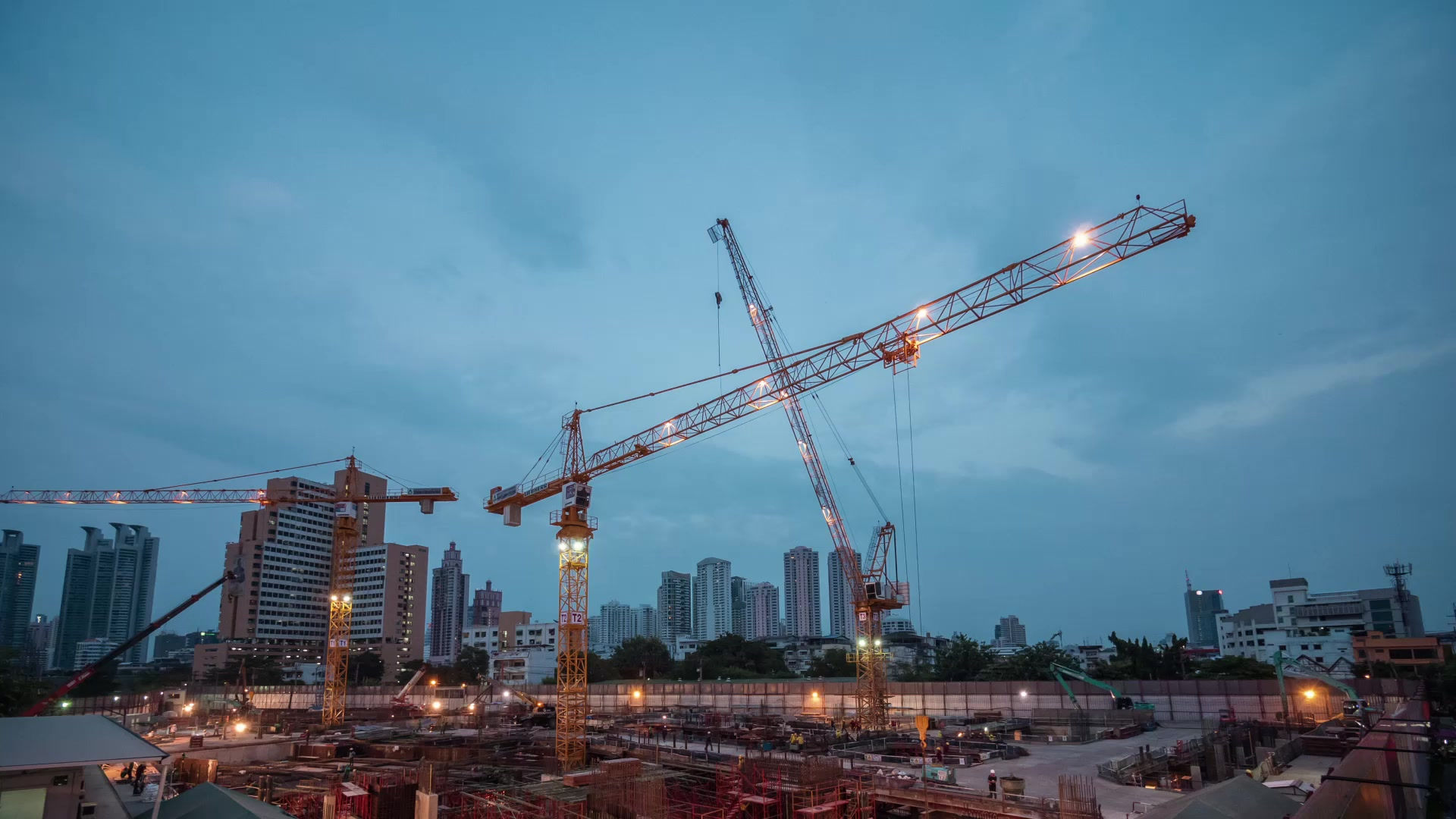How Technology Enhances Wooden Pallet Collection and Tracking?
- C and C pallets services

- Aug 28, 2025
- 3 min read

Technology has transformed the wooden pallet industry by making collection and tracking more efficient, accurate, and sustainable than ever before. Modern IoT, RFID, GPS, and digital management platforms ease businesses to manage, track, and recover wooden pallet collection with speed and accuracy. At the same time, reducing losses and operating costs.
Evolution of Wooden Pallet Collection & Tracking
Wooden pallet management was labour-intensive: inventory was counted manually, movements were tracked on paper, and misplaced pallets caused headaches across the supply chain.
Today, technology provides end-to-end digital visibility from pickup at the manufacturer to final return or recycling. This transformation is critical as global trade, tight delivery deadlines, and sustainability targets place unprecedented demands on pallet operations.
RFID and Barcode Tracking Systems
RFID (Radio Frequency Identification) and barcodes are now used for tracking wooden pallets. RFID tags embedded in or attached to pallets allow for real-time tracking as pallets move through warehouses, in transit, and during collection.
Unlike barcodes, which need manual scanning, RFID systems can read many pallets instantly and from significant distances. This feature reduces manual labour and human error in wooden pallet collection.
RFID Benefits:
Real-time location data, accurate inventory counts, and streamlined manual processes.
Barcodes:
Cost-effective, easy integration, but need line-of-sight scanning and are more labour-intensive than RFID.
IoT-Enabled Smart Pallets
The latest innovation involves equipping pallets with IoT (Internet of Things) sensors. These “smart pallets” collect and send location, temperature, humidity, and movement.
This level of insight is helpful for the food and pharmaceutical industries. They are where environmental monitoring is vital for compliance.
Application:
Track cold chain integrity, detect theft or loss, and interpret logistics performance in real time.
Result:
Fewer lost pallets, lower replacement costs, and trustworthy insights for continuous process improvement.
GPS and Geo-Fencing for Collection Logistics
GPS technology ensures accurate real-time tracking during pallet collections and deliveries. Drivers receive the most efficient routes, which reduces fuel consumption. It also provides punctual collections in complex logistical environments.
Geo-fencing:
Virtual boundaries trigger automatic alerts when a pallet enters or exits a specific area. Thus, ensuring instant notification about arrivals, departures, or unauthorised movements.
Centralised Digital Platforms
Digital management platforms in wooden pallet collection act as the command centre for pallet collection and tracking. Modern ERP and cloud-based solutions enable companies to view the status of every pallet at every stage, schedule collections, monitor usage, and analyse trends—all from a single dashboard.
Benefits:
Increased accountability, optimised fleet scheduling, and minimised losses.
Examples:
Programs like PackPlan or iPAL integrate with barcode, RFID, and IoT systems to deliver end-to-end automation.
AI and Digital Twins
Cutting-edge advancements include AI-driven analytics and digital twins—virtual warehouse models that simulate and optimise pallet flows.
By combining real-time tracking data with AI, warehouses can automate collection triggers, predict bottlenecks, and fine-tune operations for optimal efficiency.
Advantages:
Adaptive process improvement, rapid detection of issues, and future-proof scalability.
Enhancing Sustainability and Compliance
Technology-driven tracking reduces waste. With more accurate collection and loss prevention, pallets remain in circulation for longer, reducing the need for new wood and lowering environmental impact.
Digital platforms enable compliance reporting, material audits, and lifecycle tracking to meet stringent sustainability objectives.
Overcoming Challenges
These technologies offer large benefits. But, they need upfront investment, employee training, and integration with existing legacy systems. The good news: modular, cloud-native solutions are making advanced pallet tracking accessible to small and mid-sized logistics firms.
Conclusion
Technology is transforming how wooden pallets are collected and tracked, providing real-time visibility, smart automation, and significant sustainability benefits. Whether through RFID tags, IoT sensors, intelligent logistics software, or advanced AI analytics, modern pallet management is more efficient, secure, and sustainable than ever before. Businesses that leverage these innovations will experience fewer losses, streamlined wooden pallet collection services, and optimised supply chain performance at every stage.




Comments